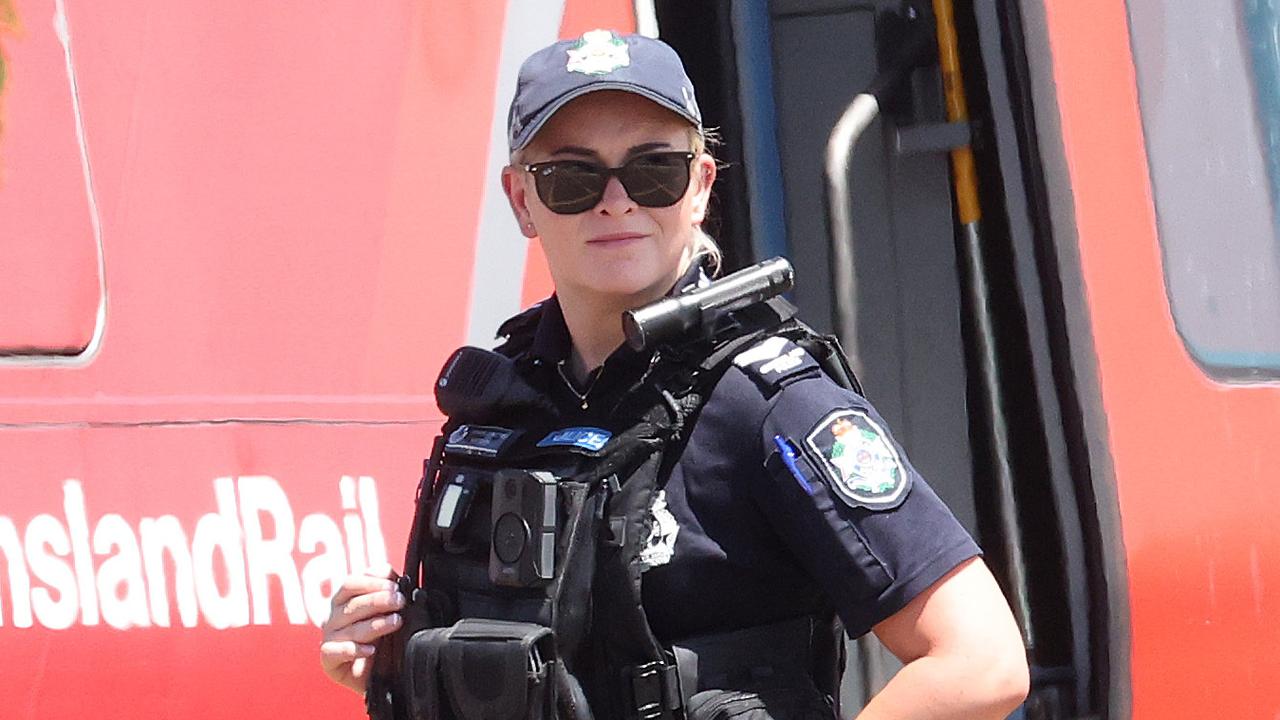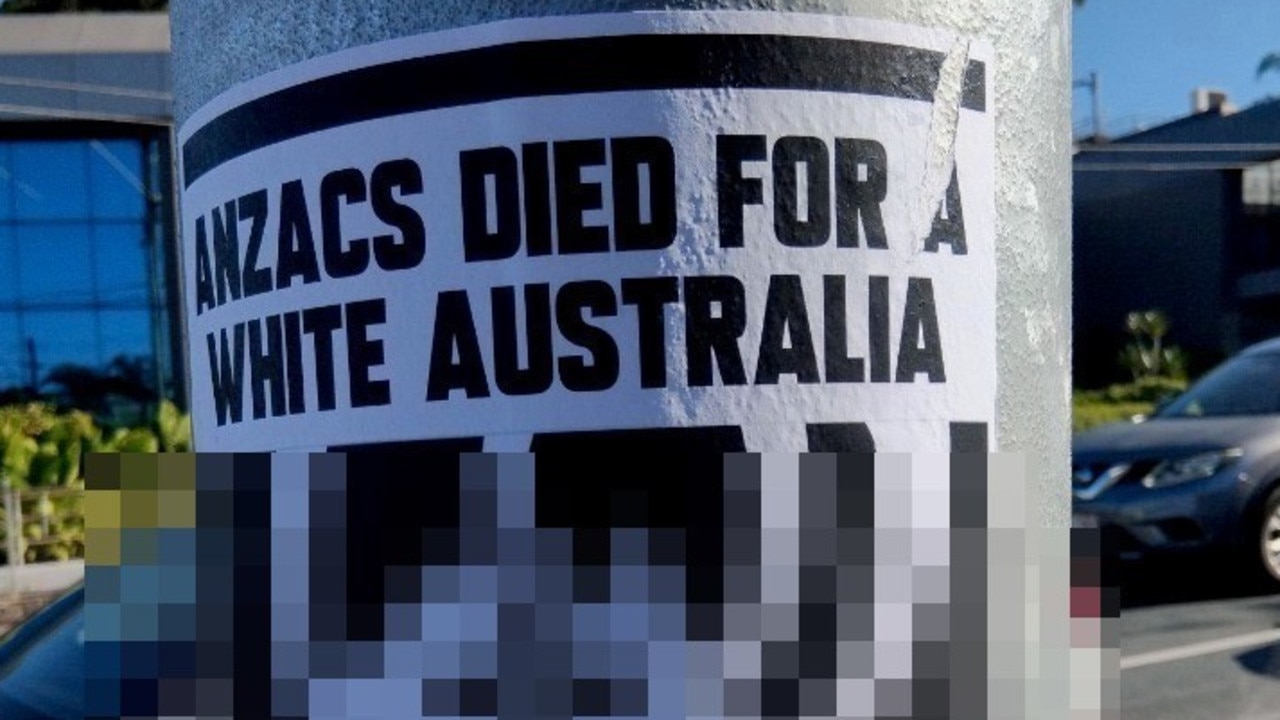Disadvantaged, ‘dangerous’: The Brisbane suburb doing it tough
It’s disadvantaged, dangerous, has high unemployment, a desperate housing shortage and a lack of public transport services – and it’s just 20km from Brisbane’s City Hall.
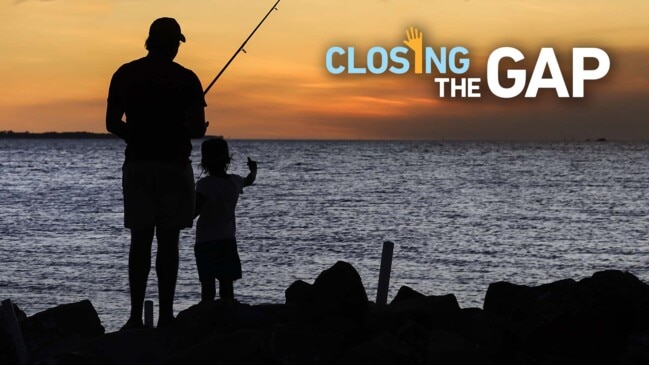
QLD News
Don't miss out on the headlines from QLD News. Followed categories will be added to My News.
It’s a community suffering heart disease, obesity, diabetes, a desperate housing shortage, crime and an historic lack of public transport services so chronic there was not so much as a bus service servicing the area until 1992.
Yet the people of Yuggera/Jagera country reside not on some remote outpost in far Northern Australia, but 20km from Brisbane’s City Hall.
Better known as Inala, this suburb which is in Premier Annastacia Palaszczuk’s electorate, remains classified as one of the most disadvantaged areas within the Greater Brisbane area, with low medium household incomes, high unemployment and ongoing health issues which continue to impact all aspects of indigenous life, including long-term unemployment and shorter life expectancy.
More than 1100 Aboriginal and Torres Strait Islander people reside in Inala and, according to the 2021 census, the community has a median weekly household income of $927, far short of the statewide median of $1675.
And, as long-term resident and now Brisbane City Council representative in the area Charles Strunk will tell you, Indigenous Australians looking to “close the gap’’ in Inala are mingled in with scores of immigrant communities suffering various degrees of disadvantage in an area boasting scores of different language groupings including Somali, Arabic and Rohingya.

Yet Inala has its success stories, both in an individual and institutional sense.
This is not only the home town of one of Queensland’s most transformative premiers, Wayne Goss, who started his law apprenticeship in earnest by representing clients at Inala Aboriginal Legal Aid, but a host of Indigenous success stories from the southeast’s indigenous population including Len Waters, Australia’s first and only Indigenous fighter pilot who flew 95 combat missions in World War 11, and Uncle Albert Holt who pioneered the idea of indigenous people assisting law enforcement, and in 1995 became the first senior liaison officer to work in the Queensland Police Service.
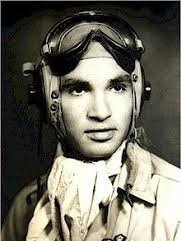
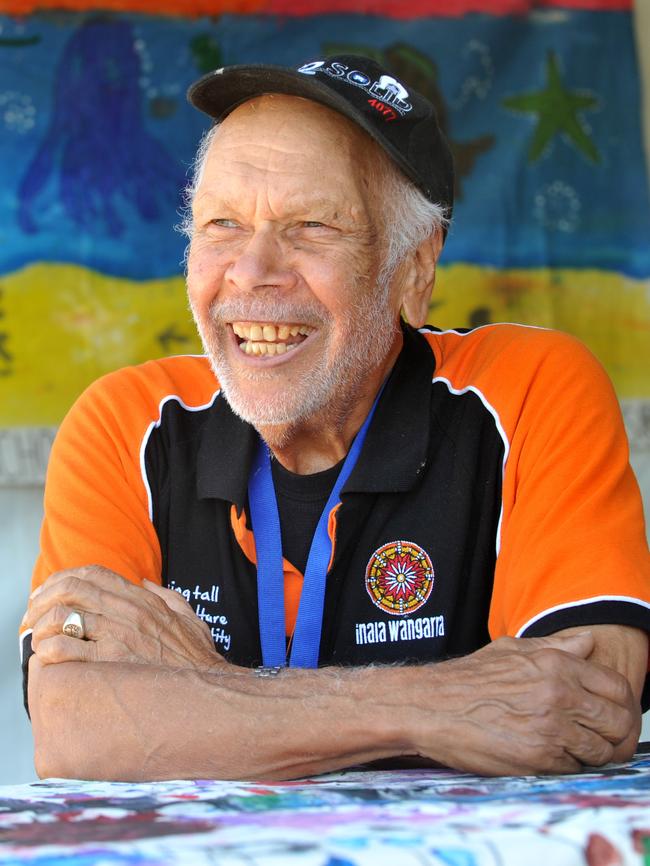
Cr Strunk says many more indigenous locals have gone on to make their mark in law and medicine but there is no denying the disadvantage which stems back to World War II when American troops planted themselves in a massive staging post at Wacol, which, at war’s end, transformed into a migrant staging centre whose residents began occupying nearby housing.
“The next generation of migrants knew of family members who had settled in the area so, naturally, they gravitated to this part of the southeast,’’ says Cr Strunk, himself a migrant from the United States who arrived in the early 1970s.
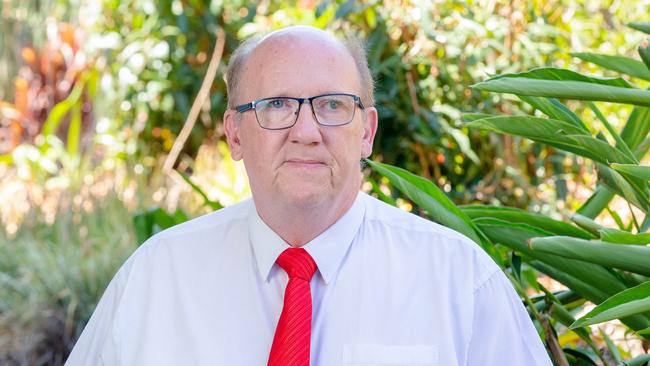
“But even in the time I have been here I have noticed enormous improvement, and that is across all sectors of the community including the Indigenous community,’’ he said.
Inala’s geographical location ensures there are more services readily available than in many remote Indigenous communities, even if Inala didn’t have a public bus service until 1992, when an outraged newly elected Brisbane Mayor, Jim Soorley, demanded one be introduced.
There is the well-funded Southern Queensland Centre of Excellence in Aboriginal and Torres Strait Islander Primary Health Care, run by one of the first indigenous students to graduate from the University of Queensland with a medical degree, Dr Noel Hayman, “Inala Wangarra’’ which is a First Nations owed, community controlled development organisations assisting locals and the Glenala State High School, where 23 per cent of the students identify as indigenous or Torres Strait Islander, and which has a STEM centre as a well as a trade skills program.

At the Inala Elders Aboriginal and Torres Strait Islander Corporation, Aunty Pat Hill, whose people are the Kalkadoon of Mount Isa, says the centre offers a welcome to pretty much everyone and, over the years, has provided something of an adhesive, keeping the Indigenous community together.
But Aunty Pat’s one overriding concern, which she says is echoed across the suburb, is housing, and the issue relates not so much to overcrowding as it does in many Indigenous communities, but to cost.
Her rent of over $400 a week means there is little left for luxuries in life out of her pension, given the work she does do is largely charitable and doesn’t generate income.
“Housing is my biggest problem, and I would say that would be true for most of the people in our community,’’ she says.
Health would come in a close second.
From lung conditions to diabetes and asthma, the region records statistics above both state and national averages and the poor health outcomes are feeding into unemployment and welfare dependency.
Despite the Rail, Tram and Bus Union branding the route through Inala as the most dangerous in the city at the start of this year, Cr Strunk says perception of crime in the area don’t quite dovetail with reality, especially when they relate to report of “gang violence’’ which can include references to various cultural identities.
“Often you find it’s not really so much gangs as a few teenage boys getting into trouble,’’ he says.
“Project Booyah’’ has also gained recognition as a Queensland Police-led youth mentoring program which has helped disconnected youths regain a sense of their own self-worth, build resilience and enable connection to their community.
Despite the advances and good work done by community leaders, the Close The Gap campaign, launched by the Rudd Government in 2007, still has a long way to go to ensure Inala’s indigenous community is living lives comparable to the majority of most Australians.
More Coverage
Originally published as Disadvantaged, ‘dangerous’: The Brisbane suburb doing it tough




